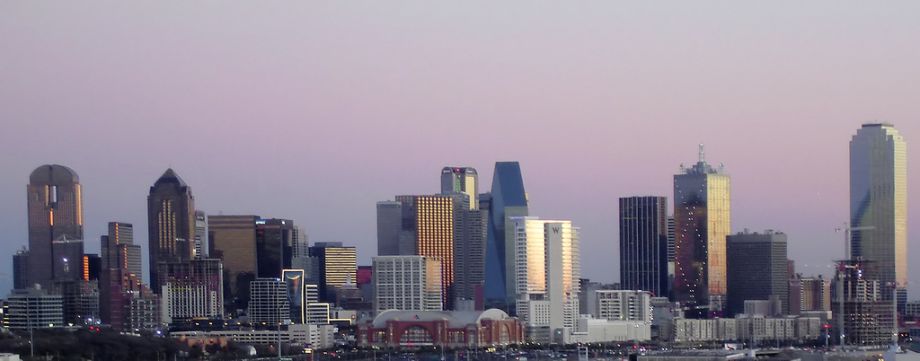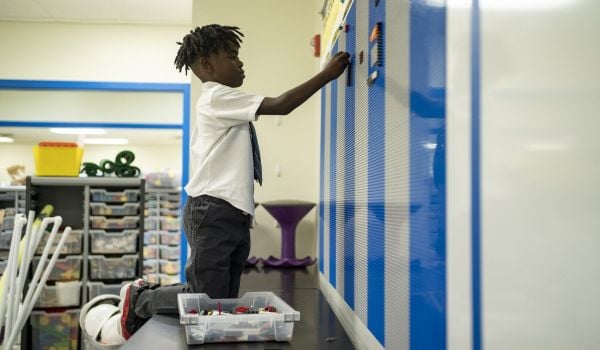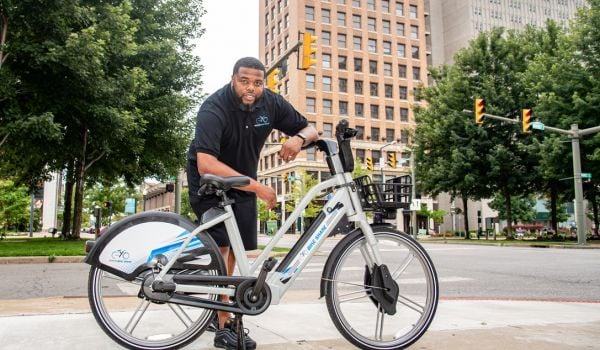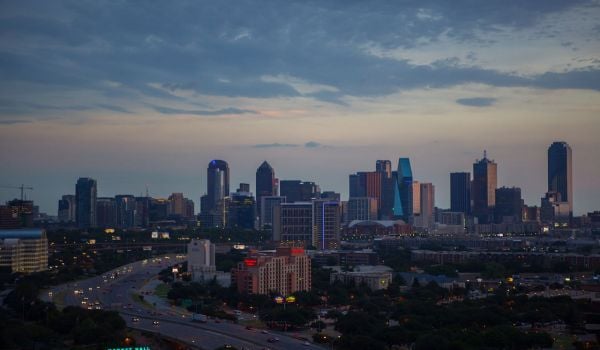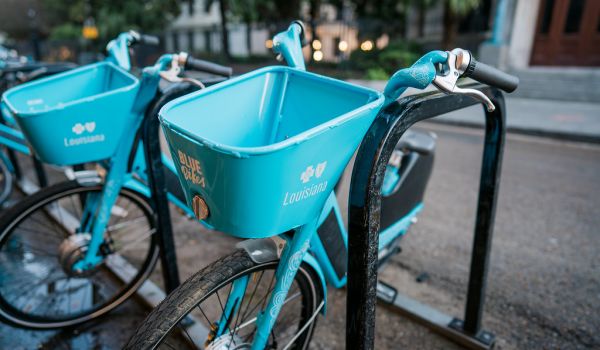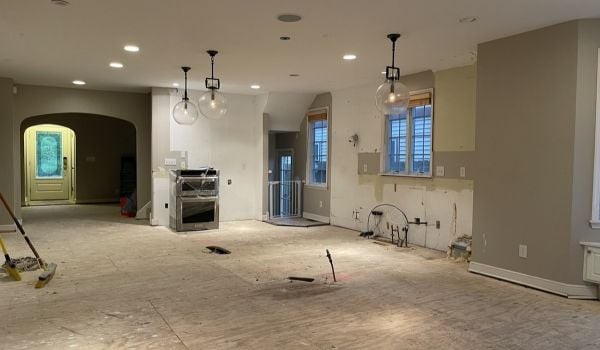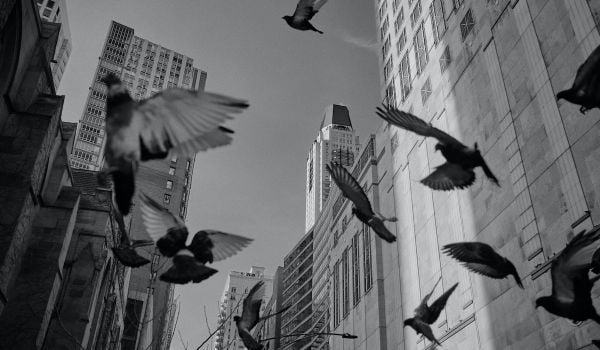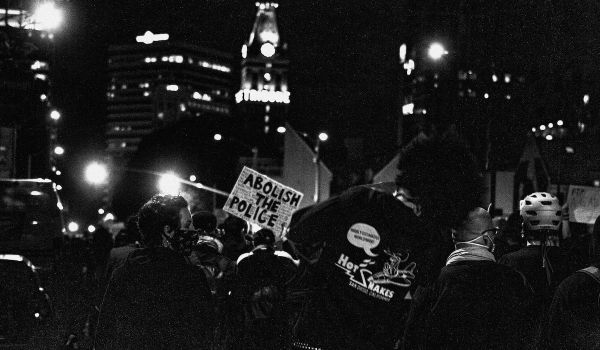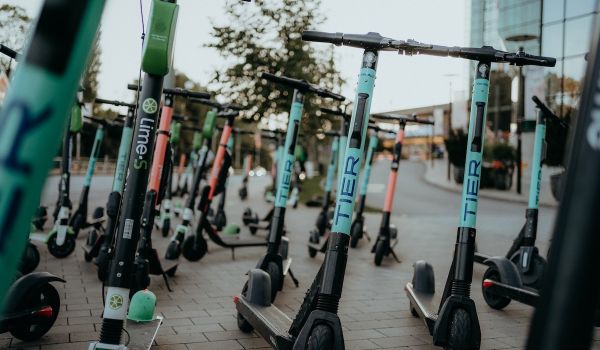I was in Dallas last week for the second annual David Dillon Symposium, a conference that brings together academics and writers concerned with the built environment. This year’s theme was “the networked city” and dealt with virtual, social, economic and technological networks. Yet as much as we debated the interplay between the virtual and real, the disconnected and the networked, I sensed that many of the most important conversations about the metropolitan region still had to do with sprawl.
Robert Brueggman, who authored the 2005 book Sprawl: A Compact History, gave a keynote on the subject, suggesting that sprawl isn’t half bad: It’s what people want, he said, arguing that density’s benefits are overrated anyway. I disagreed — I think many people in the audience did, too — by complaining about the city’s car culture and losing big companies due to Dallas’ purported lack of livability. Sprawl and urban livability, it turns out, are still inherently related to the destinies of Dallas and Ft. Worth, even in this networked age.
It seems that Ft. Worth is giving Dallas a run for its talent, if not its tax base, by focusing on its livable, walkable downtown, while Dallas continues to focus on starchitecture to brand its identity. The headlines coming out of Dallas and Ft. Worth this week are pretty good metaphors for the ways the two cities work. Dallas will get attention because it’s the site of the new George W. Bush museum, which will have an inauguration featuring all five living presidents. Meanwhile, Ft. Worth will get press because it launched a 300-piece bike share program.
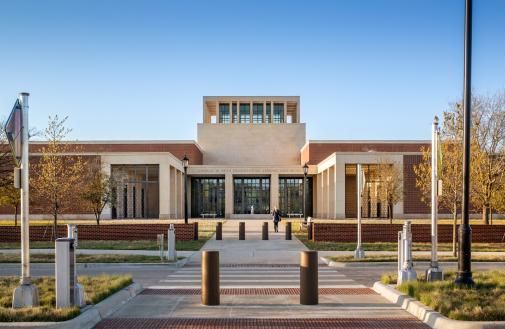
George W. Bush Library in Dallas
These two achievements are indicative of their respective cities’ approaches to city building. In Dallas, the focus is often on glamourous people and buildings; in Ft. Worth, the city rewards its citizens, not just tourists. The result is that downtown Dallas is a ghost town, with a staggering office vacancy rate of 27 percent (totaling 27 million square feet of vacant office space).
The Nasher Sculpture Museum by Renzo Piano, the new Thom Mayne-designed museum of science, the Philip Johnson-design Kennedy Memorial — these buildings are great to visit once, but won’t feed locals for the long term. Even the hotly anticipated Klyde Warren Park, a new public space formed out of a deck over a freeway, can feel isolated.
Ft. Worth’s downtown, though much smaller, revels in its lack of vacancy. And rather than worry about being the most global city in Texas, it’s comfortable competing against Austin and San Antonio to be the most livable.
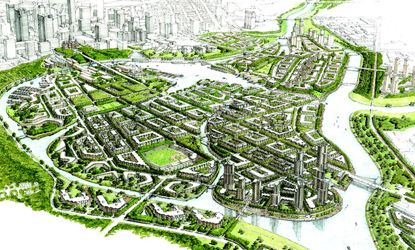
Trinity River redevelopment in Ft. Worth
As a result, the priority has been on bike share and an ambitious river development scheme. The Trinity River Vision Authority is overseeing the rerouting the Trinity River to eliminate the flooding that has left acres of prime real estate inhabitable. With the new river plan, Ft. Worth will add a whole new kind of riverfront development that will encourage people to use the river for recreation, meanwhile creating dozens of prime acres for new development. It’s a bold, enviable project that is sure to expand Ft. Worth’s quaint downtown and add interesting new flavors to its architecture.
Dallas still has its size going for it. And the scale of some of its more urban-scale, walkable neighborhoods of Uptown and Bishop Arts appealed to this visitor more so than similar ones in Ft. Worth. But contemplating life in these cities, it becomes clear that Dallas needs to cater to its locals before it can intrigue outsiders.

Diana Lind is the former executive director and editor in chief of Next City.

